Schloss Mariastein
Amidst forested mountains and meadows, it can be seen from afar – the impressive white defensive tower of Mariastein Castle, built around 1360.
Mariastein Castle - Foto: Wolfgang Sauber - GFDL
The steeply sloping rock terrace on which the complex rests is located 150 meters above the Unterinntal and thus overlooks not only the tiny village of Mariastein, which belongs to the smallest municipalities in Austria, but also the surrounding valleys of the Kufstein district.
Having everything in view was naturally the key to further existence in times of war and invading plunderers. In addition, the castle was located on the important travel route to Bavarian Rosenheim, which led over the Angathberg. Over the years, the Roman road was relocated and the defensive significance of the building became increasingly less important. The former "Burg auf dem Stayn" was expanded with residential wings in the 15th and 16th centuries, slowly but surely moving away from its defensive character.
From the middle of the 15th century, the tower was enlarged by two floors, and in gratitude to the heavenly powers, a Madonna figure with child was erected - the Gnadenmadonna. Legend has it that about a century later, a divine miracle is said to have occurred here, the background of which remains unclear. The said Madonna statue was to be transferred to another place in Bavaria, but the ways of the Lord twice led the figure to miraculously find its way back to the castle. Paralyzed in awe of such divine action, it was decided to make this place a special place for devout pilgrims - and thus the birth of the place of pilgrimage Mariastein. The changing owners - barons and counts - served their faith and had the increasingly arriving pilgrims cared for by priests. In the 19th century, Mariastein Castle finally passed into the possession of the present Archdiocese of Salzburg.
Two is better than one
The castle shows its spiritual character above all with the existence of two chapels, one above the other. In the upper of the two, the Gnadenkapelle "Unserer Lieben Frau von Mariastein" with a gothic origin, the Gnadenmadonna with the Jesus child and a rococo altar from the 18th century are housed. Below, in the Chapel of the Holy Cross, visitors can admire the splendidly decorated figure of a Prague Infant Jesus.
Another place of pilgrimage – this time for historians
In addition to the two chapels, the keep impresses, in which 150 steps lead to the very top, the knights' halls with their intricately carved wooden coffered ceilings, and the castle museum with its treasures, musical instruments, craft items from the region, and a very special exhibit - the Tyrolean state insignia, consisting of the Archducal hat and the scepter.
Both the museum and the Gnadenkapelle are open all year round for all visitors, as the castle is now inhabited by clergy.
If you are particularly interested in the background, you can inquire in advance about a guided tour through the walls. The staff of the Hotel Mariasteinerhof, located in the immediate vicinity of the castle, will be happy to organize a visit for you. In addition, it offers weary pilgrims a comfortable roof over their heads, provides them with strengthening Tyrolean cuisine and select drops from the wine cellar, and brings new strength to tired pilgrim bones with its wellness program. After all, a part of the famous Camino de Santiago also extends nearby, at the end of which Santiago de Compostela and the great purification await.
 How do you like the content of this page?
How do you like the content of this page?
Please give us your feedback!
Recommended accommodations







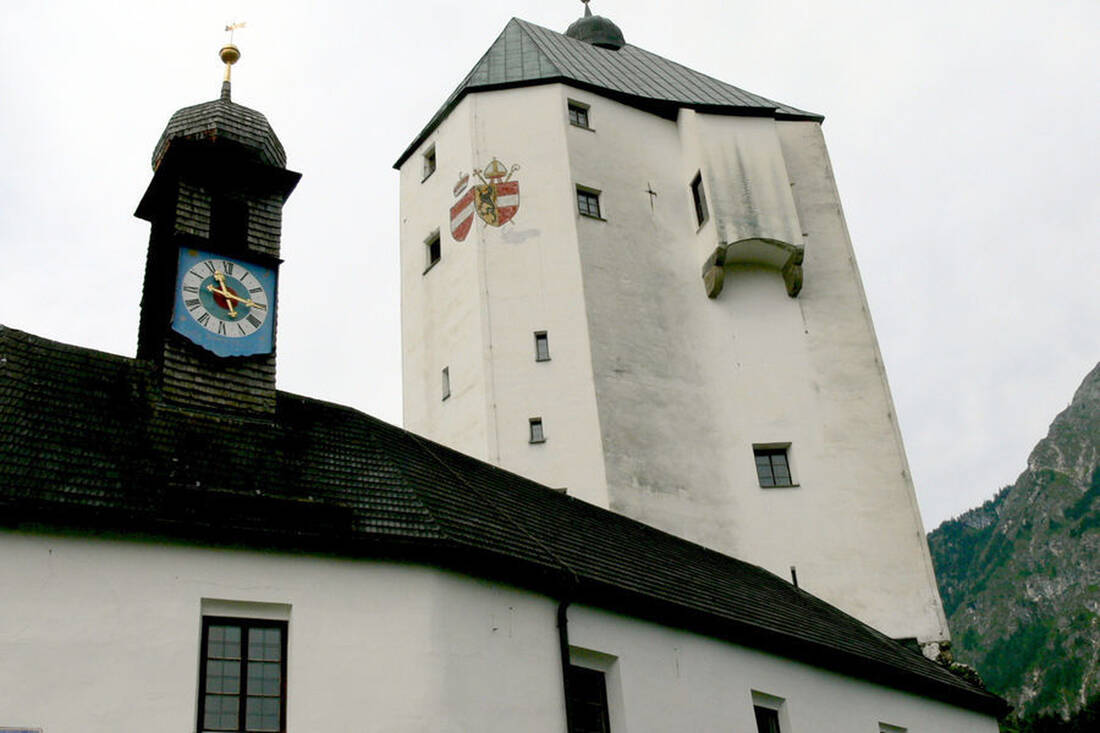
 How do you like the content of this page?
How do you like the content of this page?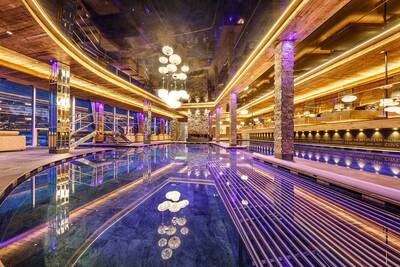
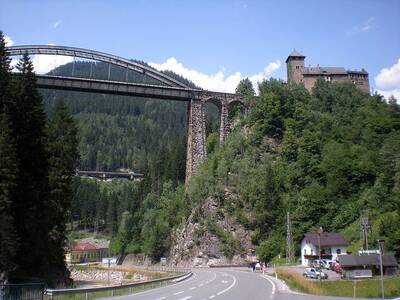
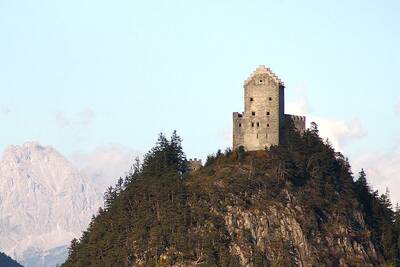
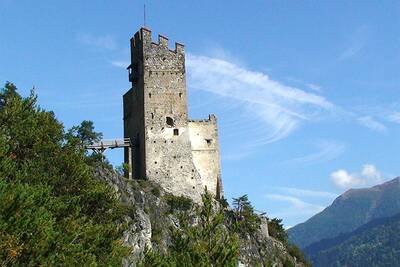
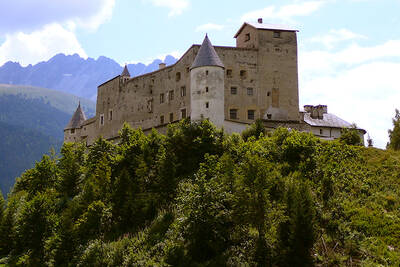
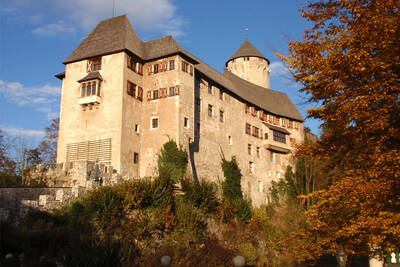

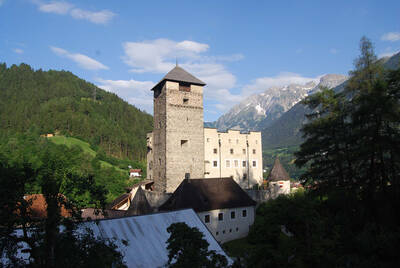
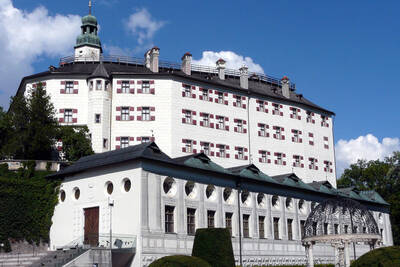
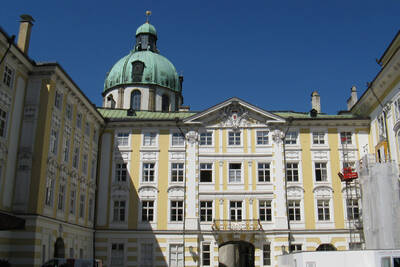
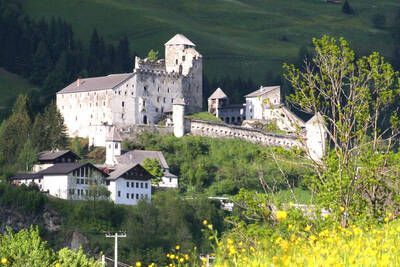
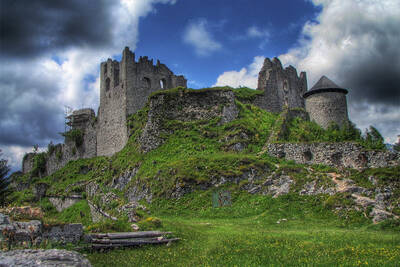
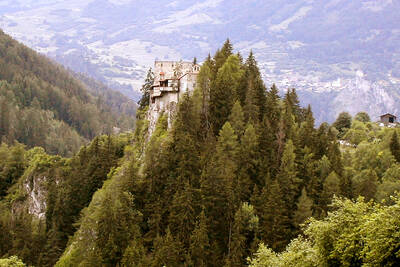
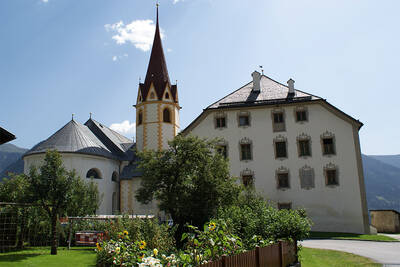
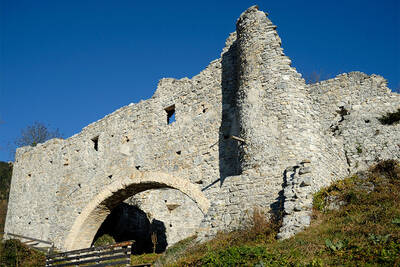
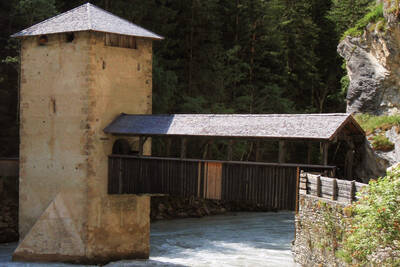
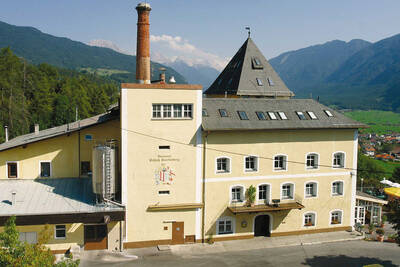
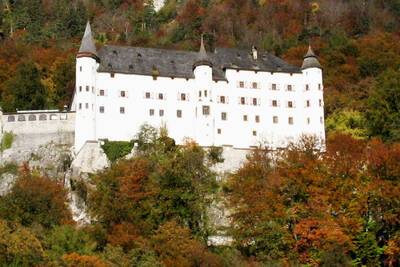
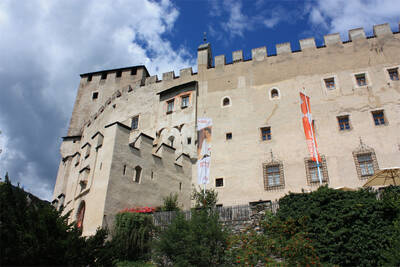
 More infos…
More infos…